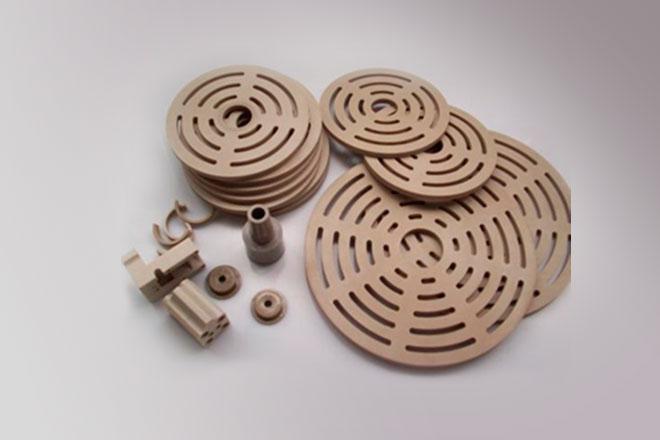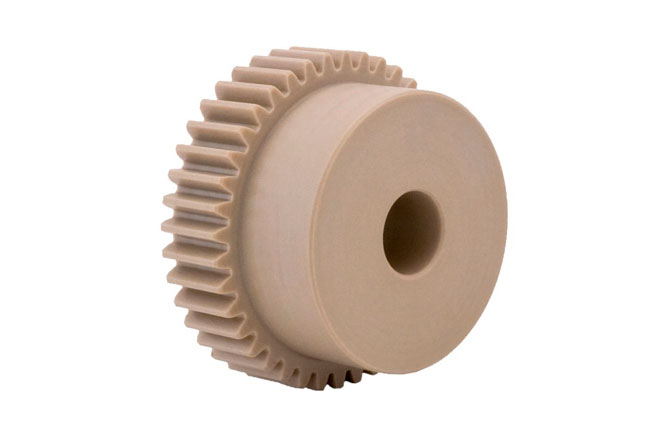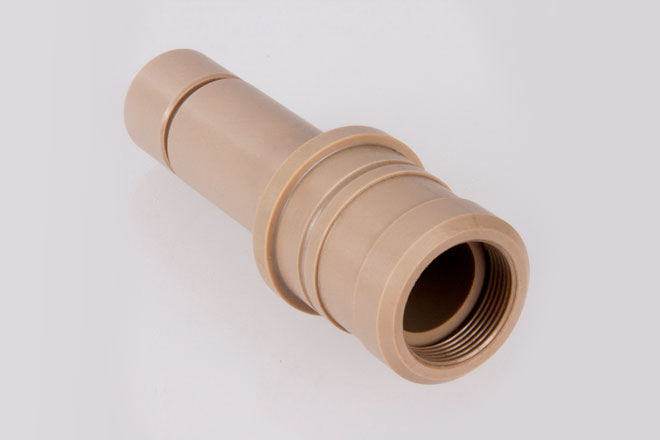Machining involves cutting and shaping a solid block of PEEK material into the desired shape using CNC machines, while moulding injection involves melting PEEK pellets and injecting them into a mould to form the desired shape.
When it comes to producing PEEK parts, there are two main options: machining and injection molding. Both methods have their own advantages and disadvantages, and choosing the right one depends on several factors. In this post, we will explore the differences between machining and injection molding for PEEK parts in terms of price, quantity, delivery time, surface, quality, process, and more.

Price
One of the biggest differences between machining and injection molding is the cost. Machining PEEK parts is generally more expensive than injection molding because it requires more time and labor. Machining involves cutting away material from a solid block of PEEK, which can be a time-consuming process. Injection molding, on the other hand, involves melting PEEK pellets and injecting them into a mold, which is a faster and more efficient process.
Quantity
Another factor to consider when choosing between machining and injection molding is the quantity of parts you need. Machining is a good option for small quantities of parts because it is a more flexible process. You can easily make changes to the design or make small batches of parts without having to invest in expensive tooling. Injection molding, on the other hand, is better suited for large quantities of parts because it requires expensive tooling upfront. Once the tooling is made, however, the cost per part decreases significantly.

Delivery Time
Delivery time is another important consideration when choosing between machining and injection molding. Machining typically has a shorter lead time because there is no need to create tooling. Once the design is finalized, the parts can be machined relatively quickly. Injection molding, on the other hand, has a longer lead time because tooling needs to be made before production can begin. However, once the tooling is made, the production process is much faster than machining.
Surface
Surface finish is another factor to consider when choosing between machining and injection molding. Machining can produce a very smooth surface finish because the cutting tools can create very fine details and smooth surfaces. Injection molding, on the other hand, can produce a slightly rougher surface finish because of the texture of the mold. However, injection molding can also produce parts with very complex geometries that would be difficult or impossible to machine.

Quality
Quality is an important consideration for any manufacturing process. Machining can produce very high-quality parts because each part is individually inspected and finished by a skilled operator. Injection molding can also produce high-quality parts, but there is more variability in the process because of the tooling and the injection molding machine. However, injection molding can produce parts with very consistent dimensions and tolerances.
Process
The process of machining and injection molding are very different. Machining involves cutting away material from a solid block of PEEK using cutting tools such as drills and mills. Injection molding involves melting PEEK pellets and injecting them into a mold under high pressure. The mold is then cooled and opened to release the finished part. Machining is a subtractive process, while injection molding is an additive process.

Conclusion
In conclusion, both machining and injection molding are viable options for producing PEEK parts. Machining is better suited for small quantities of parts or parts with complex geometries that would be difficult to mold. Injection molding is better suited for large quantities of parts or parts with simple geometries that can be easily molded. The choice between machining and injection molding depends on several factors such as price, quantity, delivery time, surface finish, quality, process, and more. By considering these factors carefully, you can choose the best manufacturing process for your specific needs.